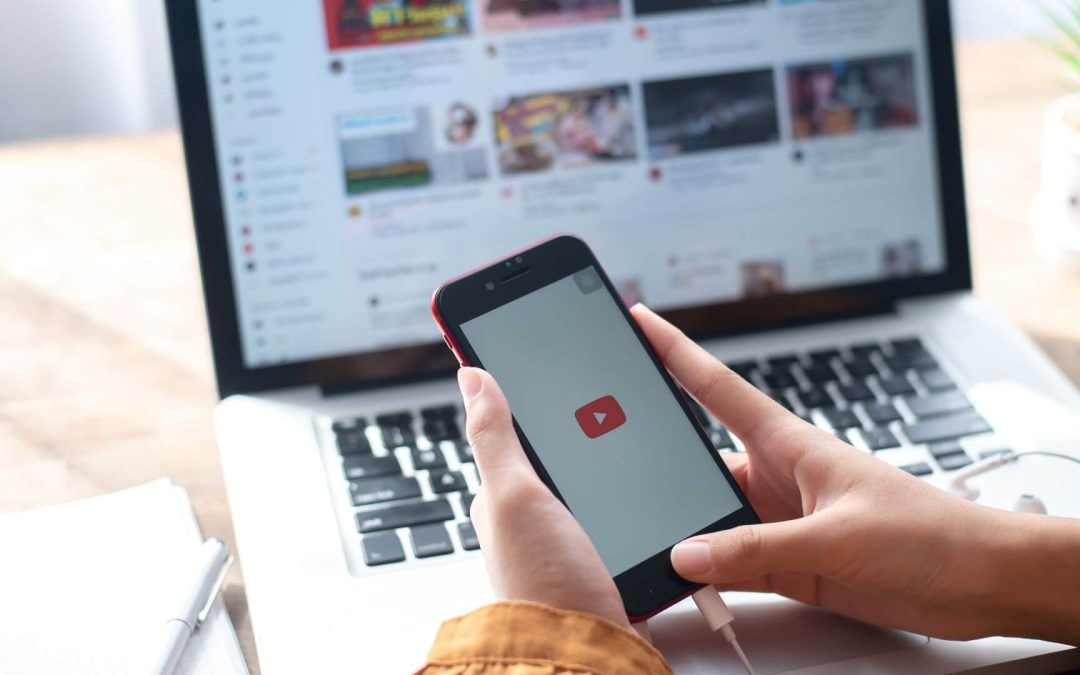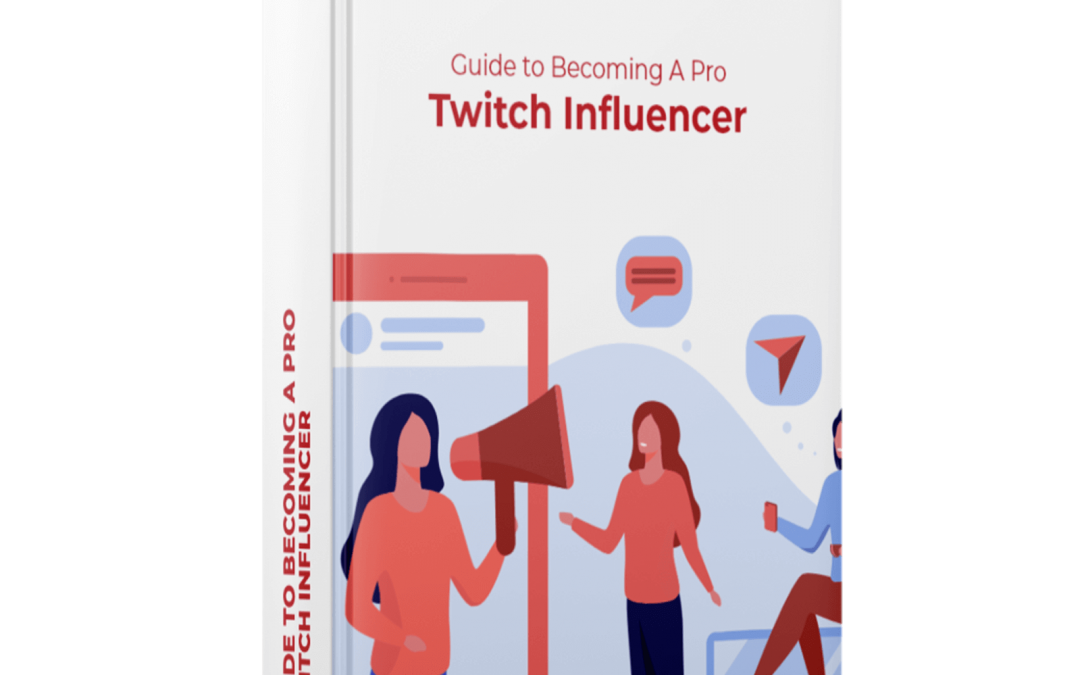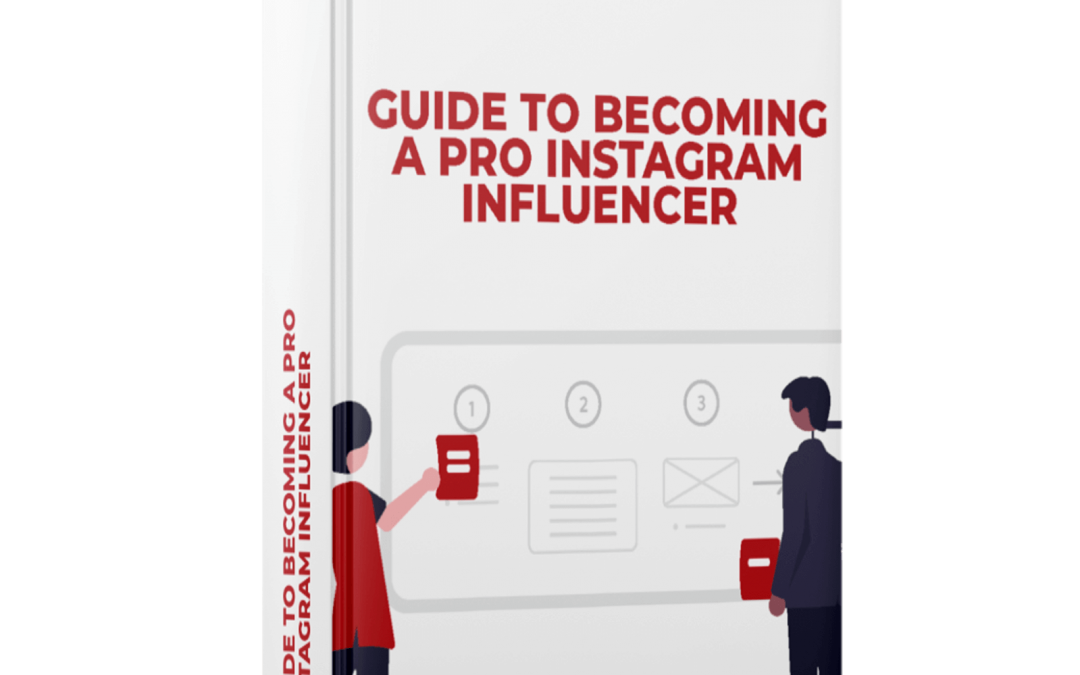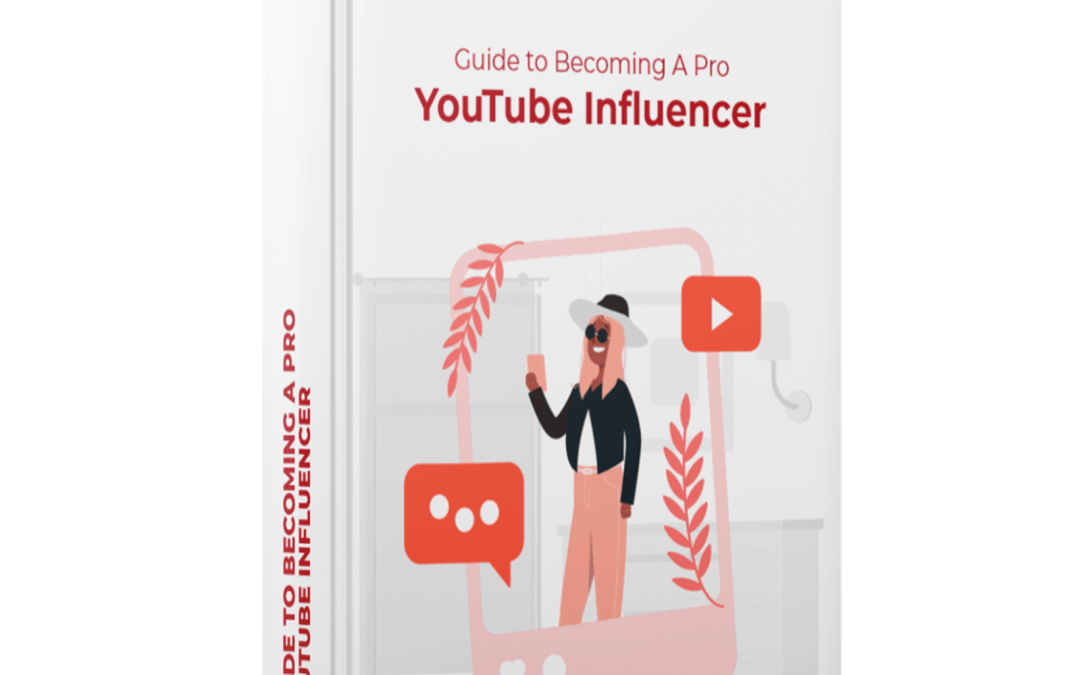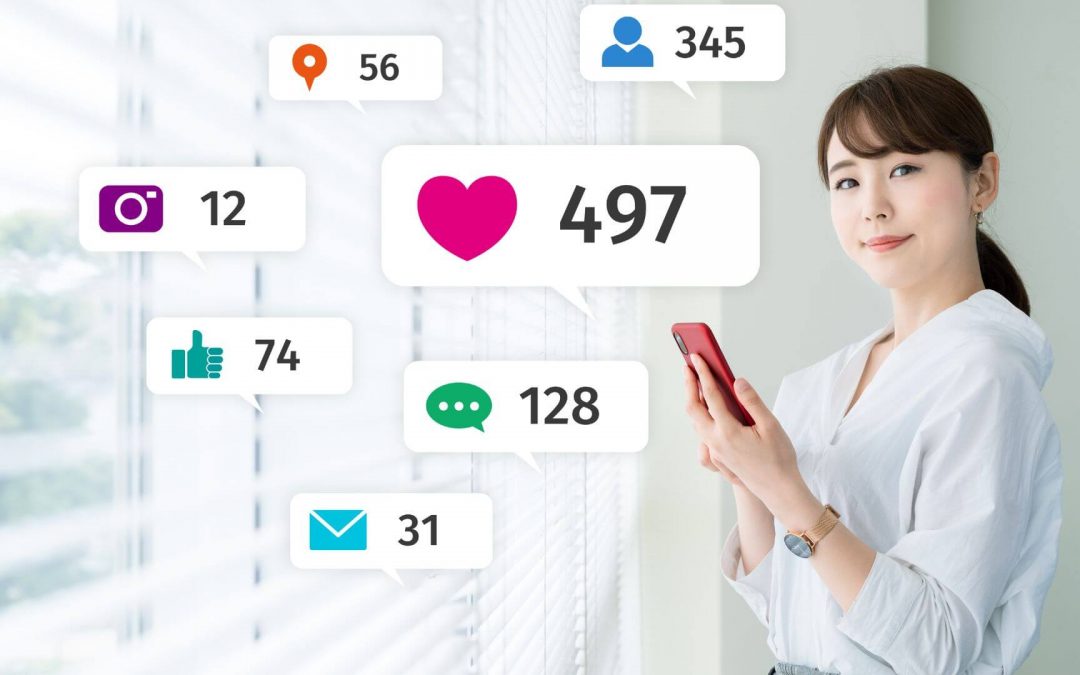Viral Content: For most creators, creating viral content feels like blindly shooting arrows in the dark but knowing that all you need is one hit for success.
There is no secret formula for creating viral content. Despite this, brands and influencers devote time and effort to creating unique, shareable content.
The good news is that achieving “viral status” is possible. You don’t want to leave it to chance, but you don’t have to be a content marketing specialist to produce viral content.
You simply need to understand how virality on the internet works.
Understand what makes content naturally shareable, and use what you’ve learned in your posts.
What Is Viral Content?
Like a virus, viral content spreads swiftly, almost uncontainably. It may take shape in any content format, ranging from a photo to a video, and it can be shared on any platform, from Instagram to TikTok. Gathering 1 million views is called “medium viral,” and it is a notable achievement. However, anything to “become viral” must surpass the 5 million view threshold.
Hence when something is tagged “gone viral,” it refers to a piece of content that has been well-received and extensively spread. The content can be a blog post, an article, a photograph, or a video. Still, it must be thought-provoking, provocative, or humorous enough for people to want to discuss it or share it on social media.
What Makes Content Go Viral?
Research reveals that there are three main reasons why a piece of content would go viral online:
- Positive content tends to be more viral than negative content
Positivity has a close relationship with virality on social media. People respond to positive emotions and want to spread them to others. The most prevalent positive feelings were admiration, happiness, and love, especially when dominance was strong. Studies prove that feelings of high dominance lead to more social sharing. So if you want your content to flood everyone’s news feed, create something that will engage your audience and make them feel good.
- Content that evokes high emotions – positive or negative – is more viral than content without emotion
Another crucial part of going viral on social media is establishing an emotional bond with your audience. The top viral content marketing firms know how emotions influence action and use various creative methods to reinforce the message. Dove, for example, encourages self-care rather than concentrating on how a bar of soap washes your skin. Because emotions are a big part of what makes us human, evoking a sensation makes your ad memorable. People are drawn to nostalgic, happy, and sorrowful feelings, which enhances the probability that they will share your content.
Negative information also can become viral if it elicits a high-arousal emotion such as rage or disgust. Consider this campaign, which requested designers from 18 nations to use Photoshop to make a female model “more appealing” in each country’s eyes. The resulting photographs were startling. But they reinforced the concept that body image issues affect people worldwide, resulting in thousands of shares for the initiative.
- Useful and valuable content is the most likely to be shared
Is there a clear call to action following your posts? Content that is useful, instructive, and practical is more likely to be shared. People love sharing helpful, beneficial information for altruistic motivations (to help others), self-development, and social exchange, according to Berger and Milkman’s research (to generate reciprocity). This is why “how-to” listicles are still popular while infographics have grown in popularity. Make your information useful to your readers by providing them with specific strategies that they can use right away.
For example, consider the title “Developing a vaccination with over 90% effectiveness will boost people’s confidence in their ability to manage COVID-19”. This knowledge is vital for people to communicate since practically everyone is touched financially, emotionally, and economically by an issue on their minds.
Not every piece of content can go viral. Virality is based on two factors:
- The information is worth sharing in and of itself.
- The content is shared widely enough to profit from the networks where it is shared.
Viral Content Design
Text content can generally stand independently, but video, interactive content, photos, and infographics must have that little extra to create an impact. They must be:
- Current, relevant, and unique
- Accessible and usable
- Appealing and well-structured
Knowing what makes internet content go viral isn’t always enough. There’s also a factor of chance that you can’t overlook. Viral content frequently reacts to current events. And that moment may be so revolutionary that we aren’t even aware of it. As a result, viral content often results from being in the right location at the right moment. You can’t forecast this, but you can make your content as viral-friendly as possible.
Smart Tips To Create Viral Posts
- Have a plan
Start with visualizing the result that you want to see. Think of big questions like, what is the goal? Who is your target audience? What criteria will you use to evaluate the content’s success? Is it suitable and relevant for your audience? Despite how it looks, viral posts are not random. In reality, there is a solid plan behind each campaign.
- Be positive
Viral content evokes emotion, but which feeling is the best? While you may want to share serious stuff on social media, balance it out, so you don’t alienate people. According to many studies about social media user behavior, audiences respond to optimism that provokes enjoyment or surprise. Having a good laugh works as a natural mood elevator; at the end of the day, that is what most people look for when scrolling. We all need reminders to look at the bright side of life daily, and enjoyable content fulfills that need.
- Opt for video
An image, a blog, or a graphic can become viral, but video is the way to go right now. Video offers a higher chance of generating the kind of viral engagement you need. There is a lot of evidence to suggest that video campaigns are more effective than static campaigns.
Over the last three years, there has been a considerable increase in video consumption. A few statistics to back this up include that video consumption on mobile devices is increasing at a 100 % annual rate.
Furthermore, 78% of respondents say they watch videos online at least once a week, with 55% saying they do it daily. Additionally, over half of respondents (54%) say they want more video content than what they already watch.
- Leverage trends
Keep an eye on what’s going on in the world of social media. For example, if dance challenges are trending on TikTok, this may influence your advertising strategy. Should you follow every fad? No. For you, the trend should set a context.
BTS, a South Korean boy band, has soared to stardom since its formation in 2013. A photo and one emoji uploaded from their main account, which has approximately 42 million followers, were all it took for group member Jungkook to go viral on Twitter.
While other social media managers spend weeks planning their tactics and content, it appears that all this group needs to thrive on Twitter are selfies and short captions — with the occasional cameo appearance from megastars like Lizzo thrown in for good measure. Call it riding the waves to the top!
- Consider buying ads
Consider purchasing social ads to increase your visibility and boost your likelihood of becoming viral. Virality is not all 100% organic views.
Due to complex social media algorithms, your postings will only reach a portion of your actual readership. This means no matter how unique your content is, it may not reach everyone who could benefit from it. Sure, now and then, a post may receive enough likes, comments, and shares that Instagram or Facebook deems it worthy of being viewed by the public. However, this should not be your exclusive tactic.
It’s time to invest in paid advertising if you need to get it in front of many people.
- Stick with it
Audiences and views are unpredictable factors. It’s possible but uncommon to create viral content on your first try. View each effort as a learning opportunity. Examine your data and insights. Keep going.
Caution! Virality Can Be A Tricky Slope
Trying to track down a viral post is a double-edged sword. You may become viral for the right reasons and quickly grow your following, or you can make a mistake and attract unwelcome attention. To ensure that your viral online content has a good influence on you, be very aware of your aims during the content creation process to ensure that the end product matches your vision.
Maintaining an active online presence and frequent, high-quality postings through expert-level social media management is one of the best ways to utilize your viral content.
While you may have to wait to go viral, you don’t have to wait to work with brands on viral campaigns. With Atisfyre, you can now connect with any brand anywhere in the world and start a career in influencing. Sign up with Atisfyre and get access to its state-of-the-art influencer solutions at your fingertips.




